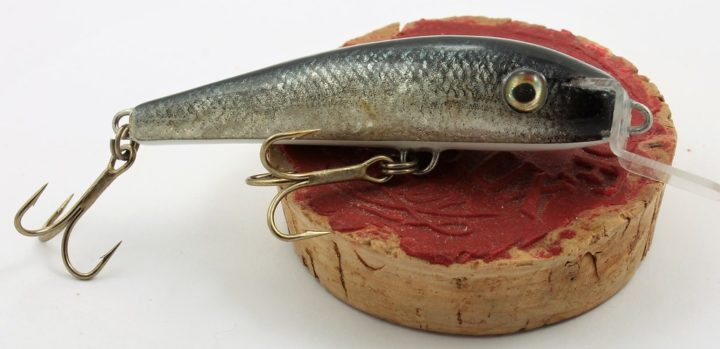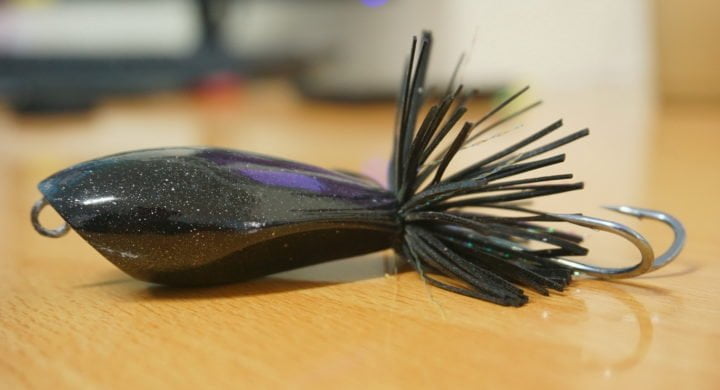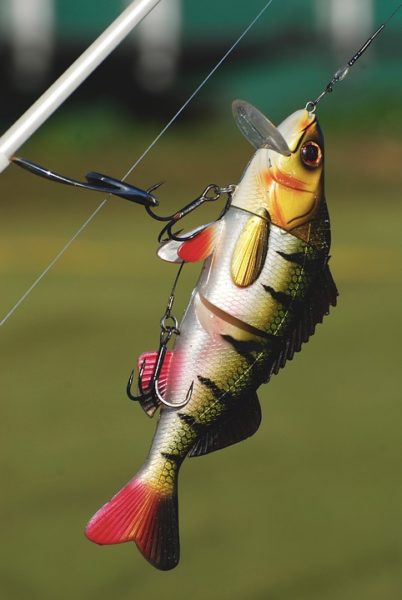Enhance the taste of your fish with your own fishing lures
A lure tempts and entices, and a fishing lure tempts and entices a fish. This definition might well apply to live bait, but we normally do not mean something alive when we talk about fishing lures. We mean something that acts as if it was alive, that appears alive and that creates, for the fish, an illusion.

You might think that since fish have tiny brains, they is easily fooled into thinking a lure is a living, edible thing, but fish are one of the oldest creatures on earth, with a history that has sharpened their instincts, their eyes, their ability to detect the real from the false when it comes to food.
They have an unconscious memory of the way their prey moves through the water, the way it moves its appendages, the way it wiggles and squirms, its normal form and face, its oils, its smell.
To fool a fish with a lure is not as easy as you might think, and yet, with the right combination of elements, the bigger brain of man can create a lure that will not only fool that fish, but spark its appetite.

Many lures for specific kinds of fish can be found in the marketplace, and the most successful have been scientifically designed and tested for optimum results. Most fishermen have cases of such lures, each having been purchased at a modest price.
Looking at such a collection, you immediately recognize that what attracts a fish is colorful, shaggy, winged, eyed. If you’re the inventive type, you might even think you have intelligence enough to make a lure yourself. What do you need to know, after all?
You need to know that not all fish eat the same things, that each fish has its own favorite foods. If you’re going to make a lure, make it for a specific fish. Study the fish, its foods, the environment of its foods, and then study the prey itself. Fishing lures are made to look and behave as the prey does.

Try to be exact; don’t add another color that isn’t part of the prey just because it fits with the color scheme. A fish does not eat something out of an aesthetic appreciation.
It goes for it because its color matches the color of all the other similar prey it has eaten. Something unusual alerts the fish that this is not what it is seeking.
Once you know the different preys, their appearances and behaviors, you can make your own lures with material you can easily obtain from sports stores or even in your odds and ends drawer.
You can even make your lures out of such common material as corks, buttons, odorless paints, plastic beads, rubber shags, propellers, and, of course, fishing hooks.
Many fishermen avoid commercial fishing lures altogether. They look at fishing as an intricate art calling for their own creativeness and intelligence, for their own innate hunting skills which, like the fish, has a deep history of fishing, perhaps as old as a 100,000 years.
One thing is certain when using fishing lures you’ve created yourself: you’ll feel the maximum joy possible when you get that first bite on a lure you’ve crafted yourself.
Somehow, you won’t be able to say how, that fish will taste just a little better than all the others you’ve caught. Man over nature, with your own lure, it a seasoning like no other, aged a 100,000 years in the heart of man.
